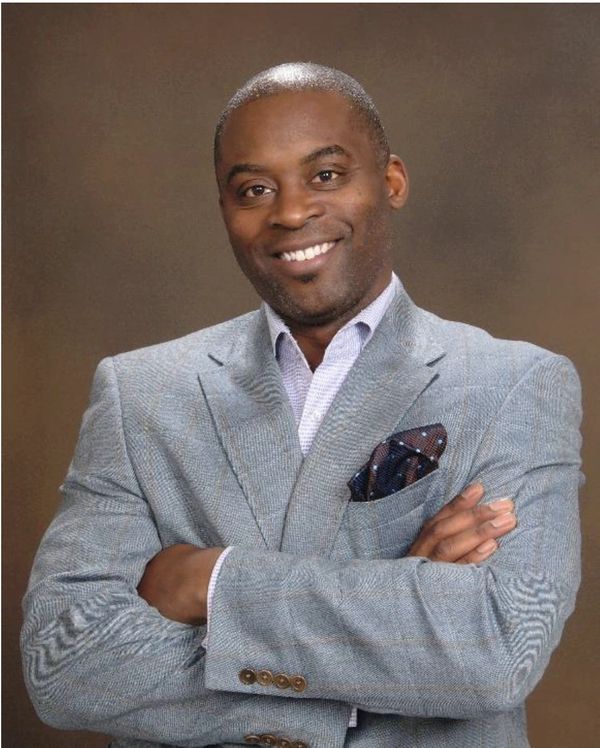On a marginalized but promising stretch of East Chase Street, Dr. Leon Caldwell is striving to execute a social-impact real estate development.
Caldwell, who was formerly a tenured associate professor at the University of Nebraska and a leading researcher with the Annie E. Casey Foundation, founded Ujima Developers to conduct holistic, equitable, impactful developments in blighted neighborhoods in Baltimore and Philadelphia.

On East Chase Street, he is working to stabilize a block with a multi-generational housing development. The planned 15 rowhomes would include universal design features and appropriate layouts to enable senior citizens to live with caregivers or younger family members. The block has long been undervalued, even though it is well positioned near Johns Hopkins Hospital, the Hoen Lithograph redevelopment and the planned Food Hub, Caldwell said. “But the challenge with these kinds of projects is the need for solid equity partners – some group that has vision capital” and an ability to wait two years to see return on investment.
That funding challenge is one example of the three major barriers that face professionals of color looking to thrive in the real estate industry. Caldwell identifies those barriers as networks, capital and trust. Networks in the commercial real estate industry can be insular and difficult to break into. But they are also essential to tapping information, opportunities and vital business connections. Capital is difficult to access without extensive connections and industry track record. Furthermore, funding opportunities often carry elevated requirements and a challenge to earn trust.
“There is a different level of scrutiny for Black investors and Black developers,” Caldwell said. Banks often require inordinate numbers of records and assurances, and engage in such intense scrutiny of developments that “it feels almost like policing versus monitoring.”
Banks and investors also leave the clear impression that they expect Black developers to achieve success in a shorter window and post above-average rates of success before they are considered to have a strong track record, he added.
CRE colleagues, however, can improve working conditions for Black developers. A mentoring program established by Seawall Development and focused on minority developers in Baltimore has helped Caldwell advance his business. Through the program, Seawall executives have served as “cheerleaders and supporters, a voice of reason when I get frustrated, and the brokers of certain relationships,” Caldwell said. “I’m a Black developer with a small company. I’m not from a family of developers and I’m not originally from Baltimore, so you need to be brokered into the group in order to connect with people and resources.”
The mentoring program spun out of Seawall’s commitment to “always lend a hand to developers and anyone in real estate who reaches out with a question,” said Katie Marshall, Director of Communications at Seawall Development. “We believe real estate is the industry that touches every person every day in some way, so we are passionate about assisting people in the industry, especially when they are pursuing a community-centered approach to improving neighborhoods in Baltimore City.”
In the past year, Seawall formalized the program to provide information and resources relating to financial modeling, underwriting, leasing, programming and other functions, and focused its mentoring on individuals who have historically been excluded from the commercial real estate industry.
“We recognize that real estate, like almost every other industry in our country, has used discrimination as a way to block certain groups… Systemic racism creates roadblocks to knowledge and connections to do real estate projects or deals,” Marshall said. “But we keep meeting amazing people in Baltimore City who want to do projects in their own communities and they have the skills. Often, it’s just a question of matching them to resources, connections, bankers, others and they could have great projects. It’s really amazing to see how simple connections, simple introductions can move projects over the starting line.”